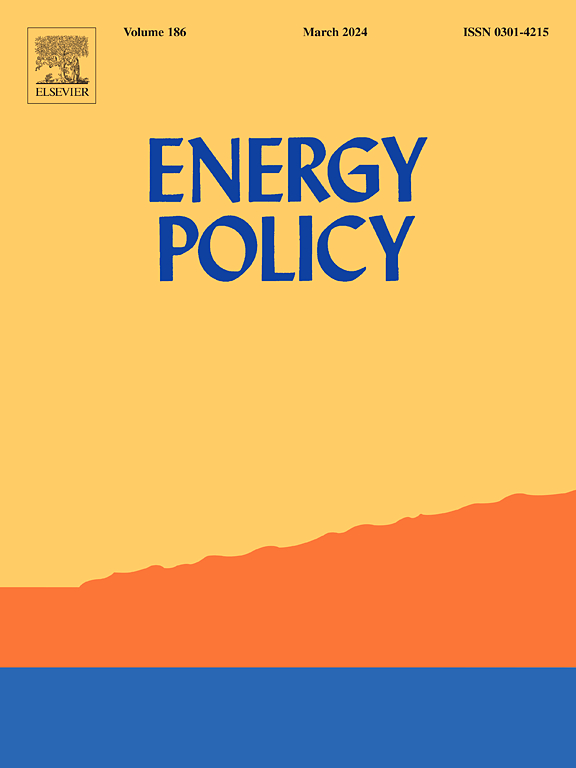Dynamic changes in water use patterns of coal power generation during China's energy transition
IF 9.3
2区 经济学
Q1 ECONOMICS
引用次数: 0
Abstract
Soaring electricity demand and rapid development of power generation technology are substantially reshaping the water use patterns associated with coal power generation. The evolution of water use patterns that pose a threat to freshwater availability in China, as well as their variation across different geographic regions, remains inadequately understood. In this study, we compiled spatiotemporally-explicit data from 2011 to 2021 on freshwater consumption and withdrawal for coal-fired electric power generation in China to explore the factors driving these changes and provide the detailed spatial distribution information of freshwater usage at a grid level. Results indicate contrasting trends: while withdrawal volume decreased by 3.9 × 109 m3 yr−1, consumption volume increased by 8.1 × 108 m3 yr−1. This research also highlights the regional disparities in the impacts of power generation technology improvement on freshwater resources. The tension between coal power production and freshwater resources has been alleviated in the “Beijing-Tianjin-Hebei”. However, it has intensified in several arid regions of the northwest. These results help prioritize geo-targeted efforts to balance power system decarbonization and water usage, which collectively affect the regional sustainable development.
求助全文
约1分钟内获得全文
求助全文
来源期刊

Energy Policy
管理科学-环境科学
CiteScore
17.30
自引率
5.60%
发文量
540
审稿时长
7.9 months
期刊介绍:
Energy policy is the manner in which a given entity (often governmental) has decided to address issues of energy development including energy conversion, distribution and use as well as reduction of greenhouse gas emissions in order to contribute to climate change mitigation. The attributes of energy policy may include legislation, international treaties, incentives to investment, guidelines for energy conservation, taxation and other public policy techniques.
Energy policy is closely related to climate change policy because totalled worldwide the energy sector emits more greenhouse gas than other sectors.
 求助内容:
求助内容: 应助结果提醒方式:
应助结果提醒方式:


